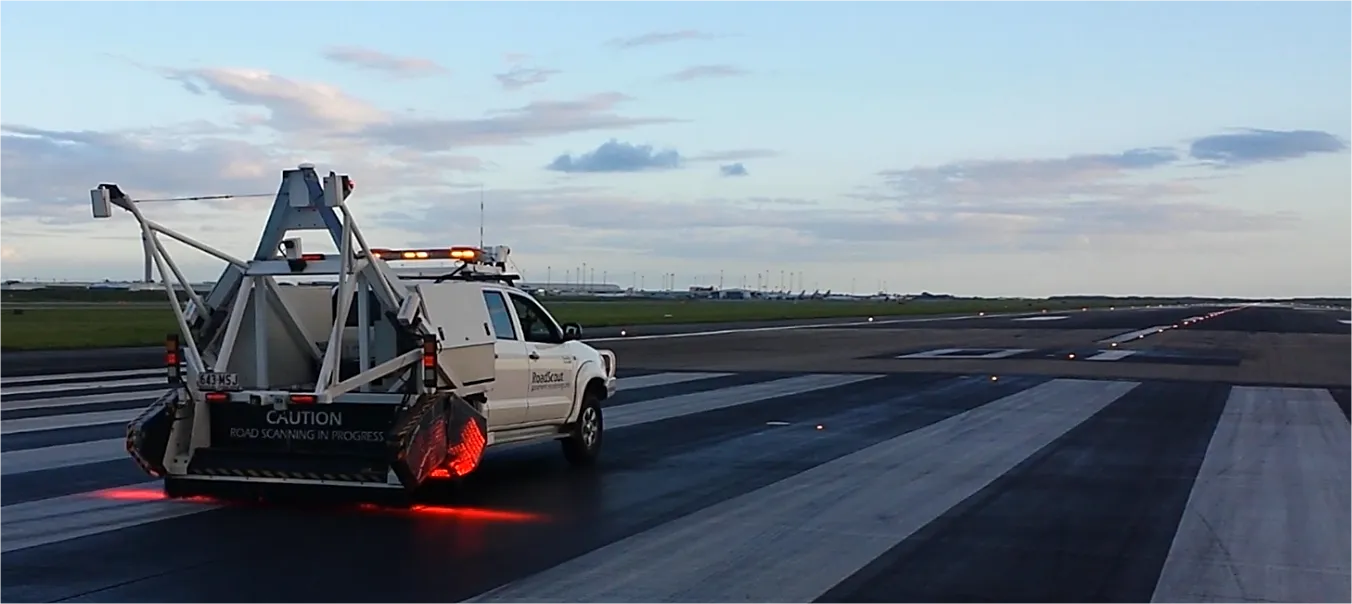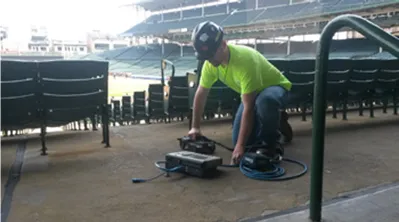A sophisticated new non-intrusive radar classifier that measures traffic data is being offered by Quixote Transportation Technologies (QTT). Called the trans-Q, the device is portable and designed for non-contact measurement. Radar technology is used to detect traffic count, speed, and length. The package is said to offer an ideal alternative to data collation needs when other portable or permanent traffic sensors cannot be used because of location, safety or other regulations. The trans-Q classifier can be
September 3, 2012
Read time: 2 mins

RSSA sophisticated new non-intrusive radar classifier that measures traffic data is being offered by 2583 Quixote Transportation Technologies (QTT). Called the trans-Q, the device is portable and designed for non-contact measurement. Radar technology is used to detect traffic count, speed, and length. The package is said to offer an ideal alternative to data collation needs when other portable or permanent traffic sensors cannot be used because of location, safety or other regulations. The trans-Q classifier can be set up at the roadside using a hand operated device (PDA) and detects all passing vehicles in two directions, collating their length, speed and classification. Data can be retrieved using a PDA or standard wireless connection. It can provide high-resolution traffic data for vehicles travelling at speeds ranging from 3-199km/h, with a large memory that has sufficient storage for information on up to 1.2 million vehicles. It also has a rechargeable battery although a solar power option is available.









